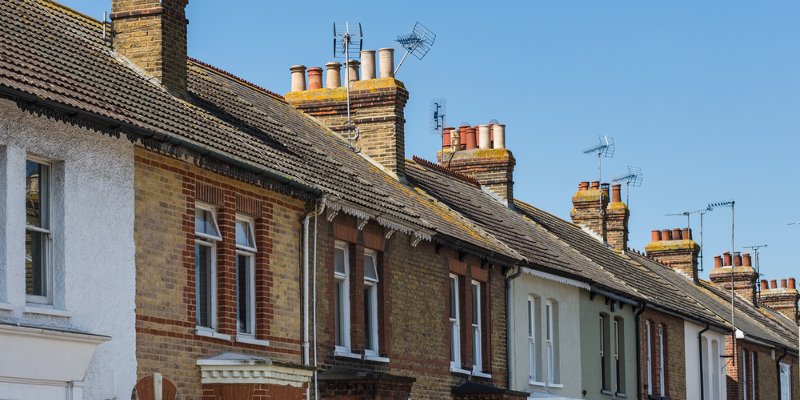This is according to research from advice firm One77 Mortgages, which found that affordability reached its lowest level in a decade in 2018.

Housing affordability reached a 20-year high in 2016 – but since then it has worsened owing to rising house prices and an uptick in the base rate from 0.25% to 0.75%.
This is according to research from advice firm One77 Mortgages, which found that affordability fell to its lowest level in a decade in 2018.
The calculations are based on the wage to house price ratio as well as the impact of interest rate rises on borrowing costs.
Alastair McKee, managing director of One77 Mortgages, said: “Although house price to wage ratio is one of the biggest factors when determining house price affordability, it’s important that we don’t overlook additional influences such as the cost of borrowing money.
“While existing homeowners hark back to the good old days of lower house prices, the fact of the matter is that the cost of borrowing is far, far lower now than it was 20 years ago.
“With this considered, it’s fair to say that we’ve just emerged from one of the longest periods of housing affordability that we’ve seen in quite some time.”
In 1998 properties cost just £66,314 and earnings averaged at £18,512. However interest rates of 6.25% made the cost of borrowing relatively high.
In 2016 the average house price was far higher at £205,937, while the average wage was £23,816, however interest rates stood at just 0.25%.
In 2018 the typical wage stood at £24,128, the average house price was £214,178, while interest rates reached 0.75%.
McKee added:“Although house price growth remains steady and wage growth has improved, something had to give and with interest rates starting to creep up, housing affordability is now starting to reduce.
“A further rates increase is unlikely to materialise until a Brexit result is decided, so our advice for current home buyers would be to strike while the iron is hot, lock in a fixed rate now and take advantage of the relative housing affordability still on offer before this evaporates further.”



